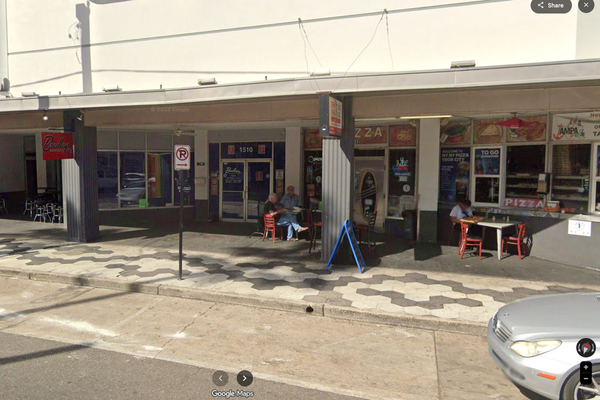
It’s easy to brush off those little icons that pop up on your dashboard—especially if the car still feels like it’s running fine. But ignoring car warning lights can turn a simple, inexpensive fix into a repair bill north of $2,000. Mechanics say many drivers, especially men who pride themselves on knowing their vehicles, tend to wait “just a bit longer” before booking an appointment. Unfortunately, that delay often means the problem has already spread to other systems. Here are seven car warning lights you should never ignore unless you want to pay more later.
1. Check Engine Light (Flashing)
A steady check engine light usually signals a minor issue, but a flashing one means trouble—fast. This can indicate severe misfires that, if ignored, can destroy your catalytic converter. Replacing a catalytic converter often costs well over $2,000, especially in newer models. Many men keep driving because the car “still runs,” but by the time performance drops, damage is already done. If you see a flashing check engine light, it’s worth pulling over and calling a tow.
2. Oil Pressure Warning Light
The oil pressure warning light is one of the most critical car warning lights on your dashboard. Low oil pressure means your engine isn’t getting the lubrication it needs, leading to catastrophic engine failure. Even a few minutes of driving without adequate oil pressure can destroy bearings, pistons, and crankshafts. Repairs for a seized engine can easily exceed $5,000—far more than the cost of pulling over and adding oil. This light should never be treated as optional.
3. Transmission Temperature Light
If you see a light shaped like a gear with a thermometer, your transmission is overheating. Overheating burns up the fluid, causes internal seals to fail, and leads to gear slippage or complete transmission failure. Transmission replacements in modern vehicles often run $3,000 to $6,000. Many men ignore this because it’s rare to see, but when it appears, the clock is ticking on expensive damage. Pull over, let it cool, and get it checked immediately.
4. Brake Warning Light
The brake warning light can indicate low brake fluid, worn pads, or even a major hydraulic failure. Continuing to drive without brakes in top condition isn’t just costly—it’s dangerous. Neglect can lead to damaged rotors, seized calipers, or total brake system failure. Repair bills can quickly surpass $2,000, especially if ABS components are damaged. The moment this light appears, it’s time to park the car and make the call to your mechanic.
5. Coolant Temperature Warning Light
This light, often shaped like a thermometer or with wavy lines underneath, means your engine is running too hot. Overheating can warp the cylinder head, blow the head gasket, and crack the engine block. These repairs can easily top $2,500 and may require a full engine rebuild. Many men push through “just to get home” and end up paying dearly for it. If this light appears, shut the engine down and call for assistance.
6. Battery/Charging System Warning Light
While it’s tempting to ignore this one if your car still starts, the battery light means your charging system isn’t working properly. A failed alternator can leave you stranded, but worse, it can cause voltage spikes that fry expensive electronic modules. Replacing both an alternator and damaged electronics can push repairs over $2,000. Catching it early could mean just replacing a belt or battery—both relatively cheap fixes.
7. Air Suspension Warning Light
For vehicles equipped with air suspension, this warning light often gets ignored because the ride still feels “fine” at first. But small leaks in air struts or compressors quickly turn into full system failures. Replacing air suspension components can cost $2,000 to $4,000, depending on the vehicle. Switching to standard coil springs can be cheaper, but ignoring the light until the suspension collapses leaves you with even higher labor costs.
Why Paying Attention Pays Off
Ignoring car warning lights might feel harmless in the moment, but they’re designed to save you from bigger problems—and bigger bills—down the road. Many of the repairs listed here climb past $2,000 simply because the initial warning wasn’t taken seriously. Acting quickly can mean the difference between a $200 part replacement and a full system overhaul. Your dashboard isn’t nagging you for fun—it’s giving you a financial heads-up.
Have you ever ignored a car warning light and ended up with a massive repair bill? Share your story in the comments so other drivers can learn from it.
Read More
8 Warning Signs He’s Already Given Up on the Relationship
Why Are Married Men More Likely to Ignore Appliance Warnings?
The post 7 Warning Lights Men Ignore Until the Repair Bill Hits $2,000 appeared first on Clever Dude Personal Finance & Money.







